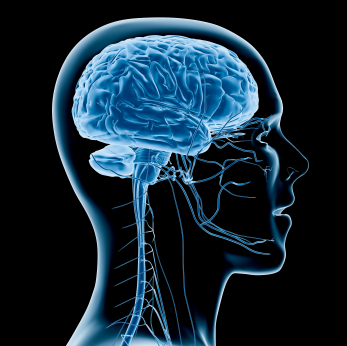
Neurons That Control Light-Induced Arousal are in the Hypothalamus, UCLA Researchers Say

Draw the shades, hit the lights, it’s time for bed. Researchers at the University of California at Los Angeles say the best sleep happens in the dark, and they’ve identified the neurons responsible for this function. They’re located in the hypothalamus, a region of the brain that controls things like hunger, body temperature, and sleep, these neurons release hypocretin, a neurotransmitter which tells the brain to be awake when it’s light and asleep when it’s dark.
Published in the October 26 issue of the Journal of Neuroscience, the study was led by MBF Bioscience customer Dr. Jerome Siegel. Dr. Siegel is a professor of psychiatry at the Semel Institute for Neuroscience and Human Behavior at UCLA. Dr. Siegel and his team compared normal mice with mice that had hypocretin genetically removed. Both sets of mice behaved similarly during the dark phases, but during the light phases the genetically altered mice were unable to stay awake. The normal mice showed “intense activation of these cells in the light.”
The researchers say that boosting hypocretin cells will increase activity in the light, and by blocking this function it will help induce sleep. This research shines light on new possibilities in the treatment of depression and sleep disorders.
Read the UCLA Newsroom press release here.
Reference: The Journal of Neuroscience, 26 October 2011, 31(43): 15455-15467;doi: 10.1523/JNEUROSCI.4017-11.2011. http://www.jneurosci.org/content/31/43/15455.abstract


